The Magnitude of the Shift
According to the analysis of the Form 13F filed with the U.S. Securities and Exchange Commission, the PIF’s reported U.S. stock holdings plummeted from a staggering $35 billion at the end of 2022 to approximately $18 billion by March 31, 2023. This significant reduction, roughly halving the fund’s direct exposure to U.S. equities, raises intriguing questions about the motivations behind the move and its potential implications for global markets.
Tech Giants Left Behind
Among the most notable changes in the PIF’s portfolio is the apparent exodus from several major tech stocks. The report indicates that the fund no longer holds substantial stakes, each valued at $600 million or more, in industry giants such as Amazon.com Inc., Microsoft Corp., and Salesforce Inc. This shift away from these high-profile tech companies suggests a reevaluation of the fund’s investment strategy and risk appetite.
The Pivot to Options
Interestingly, while the PIF has reduced its direct holdings in these tech stocks, it has not completely severed ties. Instead, the wealth fund has opted to replace its direct investments with call options on a smaller number of shares. This strategic maneuver allows the PIF to maintain some exposure to these companies while minimizing the capital at risk. The use of options as a hedging tool demonstrates a level of financial sophistication and risk management that is characteristic of major institutional investors.
Farewell to Finance and Travel

The PIF’s portfolio adjustments extend beyond the tech sector. The report reveals that the fund has completely divested from several notable U.S. financial and travel companies that it held at the end of 2022. These include substantial positions in BlackRock Inc. ($602 million), Carnival Corp. ($942 million), and Booking Holdings Inc. ($757 million). The decision to exit these investments raises questions about the PIF’s assessment of the prospects for these industries in the current economic climate.
The Power of the PIF
To understand the significance of these moves, it is essential to recognize the sheer scale and influence of the PIF. As a sovereign wealth fund, the PIF is funded through a combination of borrowing, cash and asset transfers from the Saudi government, and retained earnings from its investments. With the requirement for institutional investors overseeing $100 million or more in U.S.-traded equities to disclose their holdings quarterly, the PIF’s 13F filings provide a rare window into the strategies of one of the world’s most powerful financial entities.
Navigating Global Uncertainties
The PIF’s dramatic reduction in reported U.S. stock holdings and its shift towards options may be interpreted as a response to the uncertainties and challenges facing global markets. With concerns about inflation, geopolitical tensions, and the lingering effects of the COVID-19 pandemic, institutional investors are increasingly seeking ways to mitigate risk and optimize their portfolios. The PIF’s moves suggest a proactive approach to navigating these complexities and positioning itself for long-term success.
Looking Ahead
As the dust settles on this surprising announcement, market watchers and investors worldwide will be closely monitoring the PIF’s future moves. Will this shift away from U.S. stocks and towards options become a broader trend among sovereign wealth funds? How will the PIF’s reallocated capital be deployed, and what new opportunities will it pursue? These questions will undoubtedly shape the discourse in financial circles in the months and years to come.
About PIF
The Public Investment Fund (PIF) was initially founded in 1971 with the primary objective of supporting and advancing the growth of the national economy of Saudi Arabia. Three years later, in 1974, the fund’s responsibilities were expanded to include holding equity stakes in joint-stock companies within the country’s domestic market.
The PIF receives its funding from a trio of investors, with the most recent additions being the prominent global financial institutions HSBC and Goldman Sachs. In a significant development, the PIF successfully secured a total of 4 billion Saudi Riyals (SAR) through a single venture fund named Jada. The announcement of this substantial investment was made on December 19, 2019, marking a major milestone for the fund and its ongoing efforts to drive economic growth and diversification in the Kingdom.
Saudi Arabia’s Public Investment Fund ranked 152 by Crunchbase
TOP MANAGERS PIF

- Omar Al-Madhi MIT’er, WEF Young Global Leader, Eisenhower Fellow, Father & Husband
- Yasir Al Rumayyan Governor of the Public Investment Fund (PIF) & Chairman of Saudi Aramco
- Alireza Zaimi Managing Director, Atlantic Permanent
- Abdulmajeed Alhagbani Head of MENA Securities Investments at PIF
For investors seeking to understand the implications of the PIF’s strategic shift, this development serves as a powerful reminder of the importance of staying informed and adaptable in an ever-changing financial landscape. As the world’s largest sovereign wealth fund charts a new course, it is crucial for market participants to reassess their own investment strategies, consider the potential risks and opportunities, and make informed decisions that align with their long-term goals.
In an era of global uncertainty and shifting investment paradigms, the PIF’s bold moves serve as a clarion call for investors to embrace agility, innovation, and calculated risk-taking. By staying attuned to the strategies of major players like the PIF, and by carefully analyzing the factors driving their decisions, investors can position themselves to thrive in the face of evolving market dynamics.
May 20, 2024


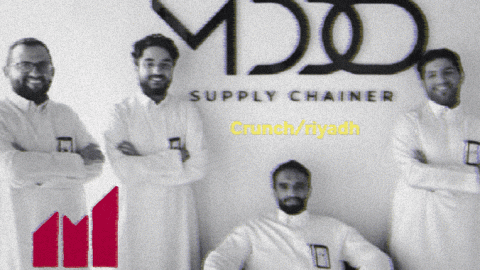


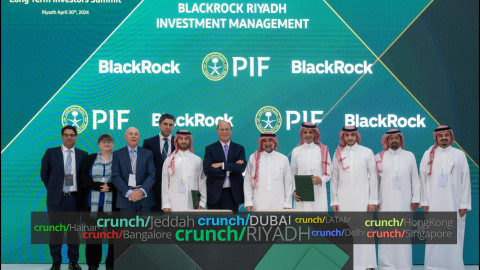
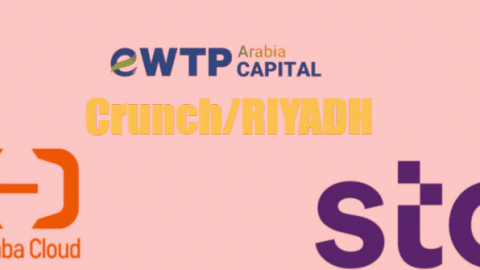
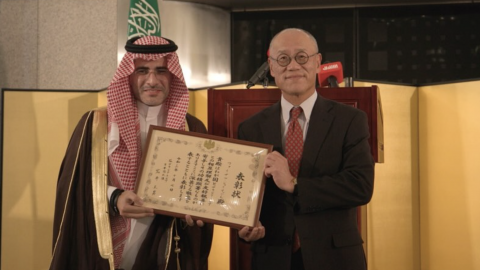





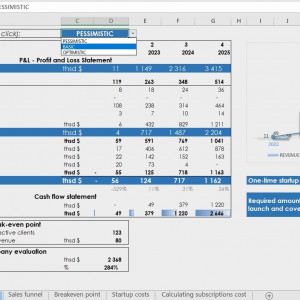
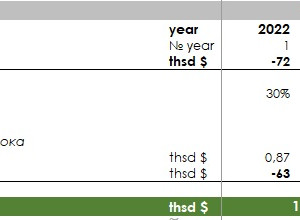

Saudi Arabia’s Wealth Fund Shift: a calculated gamble or a sign of time?
The recent steps taken by the Saudi Arabian Public Investment Fund (PIF) – reducing its U.S. shares and embracing options – are generating considerable interest and debate. This surprising shift signals a potential departure from its previous strategy, raising questions about the fund’s future direction and broader implications for the global financial landscape.
At first glance, the PIF’s decision to reduce its exposure to U.S. stocks seems illogical.With a portfolio exceeding $600 billion, the fund has traditionally viewed the U.S. market as a haven for investments, especially in the technology and energy sectors. However, recent reports suggest that the fund is looking for more diversified and potentially profitable opportunities, using options to gain exposure to specific sectors, limiting downside risk.
This shift can be interpreted as a calculated gamble, reflecting PIF’s growing confidence in its ability to navigate complex markets and generate returns through alternative strategies.This move may also be influenced by geopolitical considerations, as tensions between the United States and Saudi Arabia potentially affect investment decisions.
In addition, PIF’s embrace of options strategies highlights a broader trend towards sophistication and innovation among sovereign wealth funds. These institutions are increasingly looking to improve their investment portfolios by incorporating sophisticated instruments and alternative asset classes.
However, the new PIF approach provides inherent risks.Trading options requires considerable experience and can be unstable, especially in times of market uncertainty. The success of this strategy will depend on the fund’s ability to accurately predict market movements and effectively manage its risk.
The PIF’s surprising shift highlights a critical moment for both the fund itself and the global financial landscape. While the reasons for this decision are still being debated, it highlights the growing influence of sovereign wealth funds and their evolving strategies in shaping the future of global finance. The world will be watching closely to see how this calculated gamble plays out.